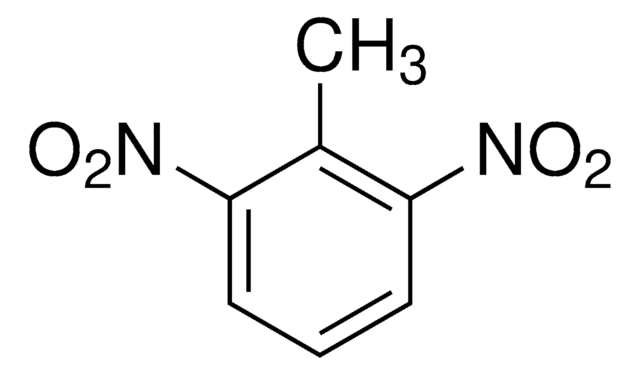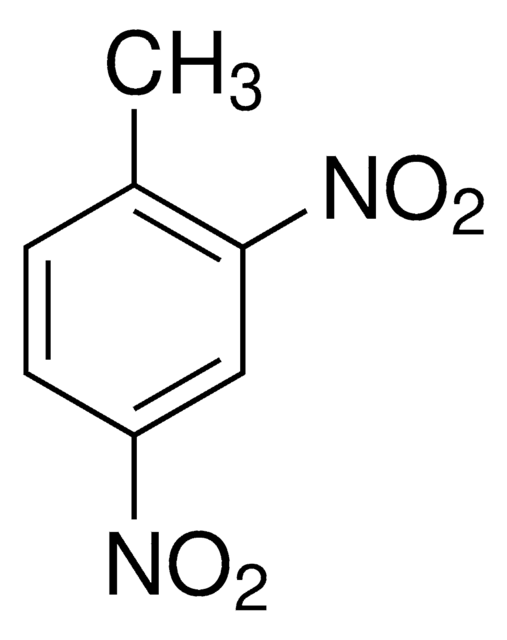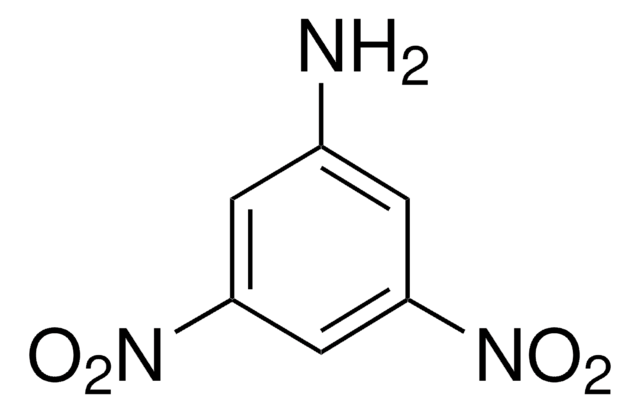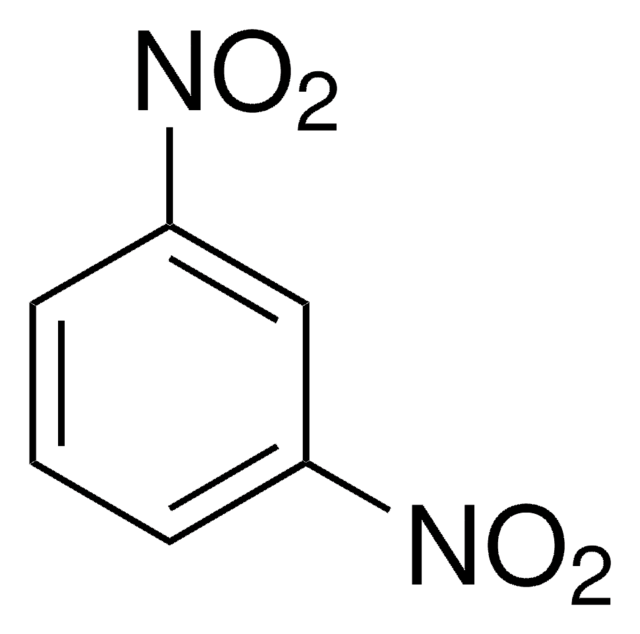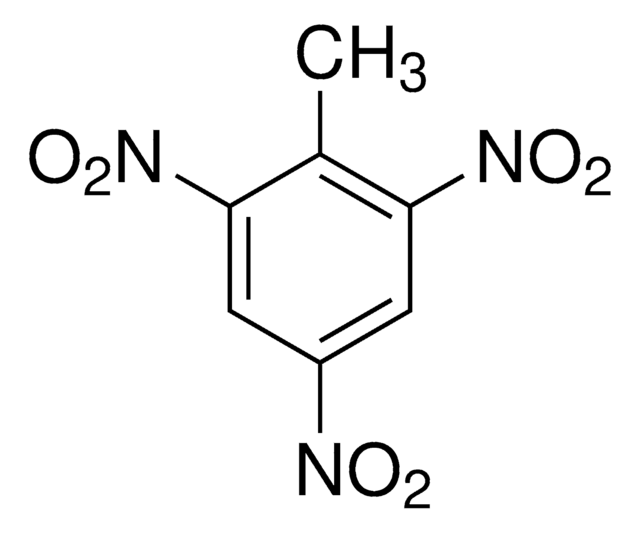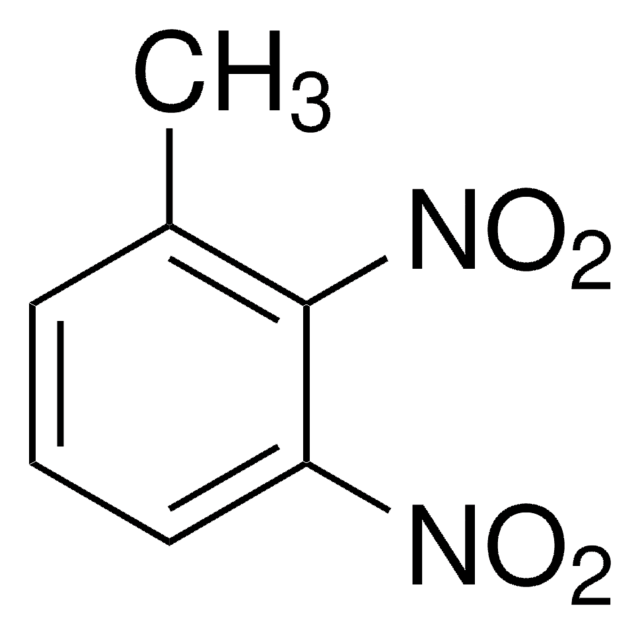ERA-017
2-Amino-4,6-dinitrotoluene
vial of 100 mg, analytical standard, Cerilliant®
About This Item
Recommended Products
grade
analytical standard
packaging
vial of 100 mg
manufacturer/tradename
Cerilliant®
application(s)
environmental
forensics and toxicology
format
neat
storage temp.
room temp
SMILES string
NC1=C(C)C([N+]([O-])=O)=CC([N+]([O-])=O)=C1
InChI
1S/C7H7N3O4/c1-4-6(8)2-5(9(11)12)3-7(4)10(13)14/h2-3H,8H2,1H3
InChI key
IEEJAAUSLQCGJH-UHFFFAOYSA-N
General description
Application
Legal Information
Signal Word
Danger
Hazard Statements
Precautionary Statements
Hazard Classifications
Acute Tox. 3 Dermal - Acute Tox. 3 Inhalation - Acute Tox. 3 Oral - Aquatic Chronic 2 - STOT RE 2
Storage Class Code
6.1A - Combustible acute toxic Cat. 1 and 2 / very toxic hazardous materials
WGK
WGK 3
Flash Point(F)
Not applicable
Flash Point(C)
Not applicable
Choose from one of the most recent versions:
Certificates of Analysis (COA)
It looks like we've run into a problem, but you can still download Certificates of Analysis from our Documents section.
If you need assistance, please contact Customer Support.
Already Own This Product?
Find documentation for the products that you have recently purchased in the Document Library.
Our team of scientists has experience in all areas of research including Life Science, Material Science, Chemical Synthesis, Chromatography, Analytical and many others.
Contact Technical Service